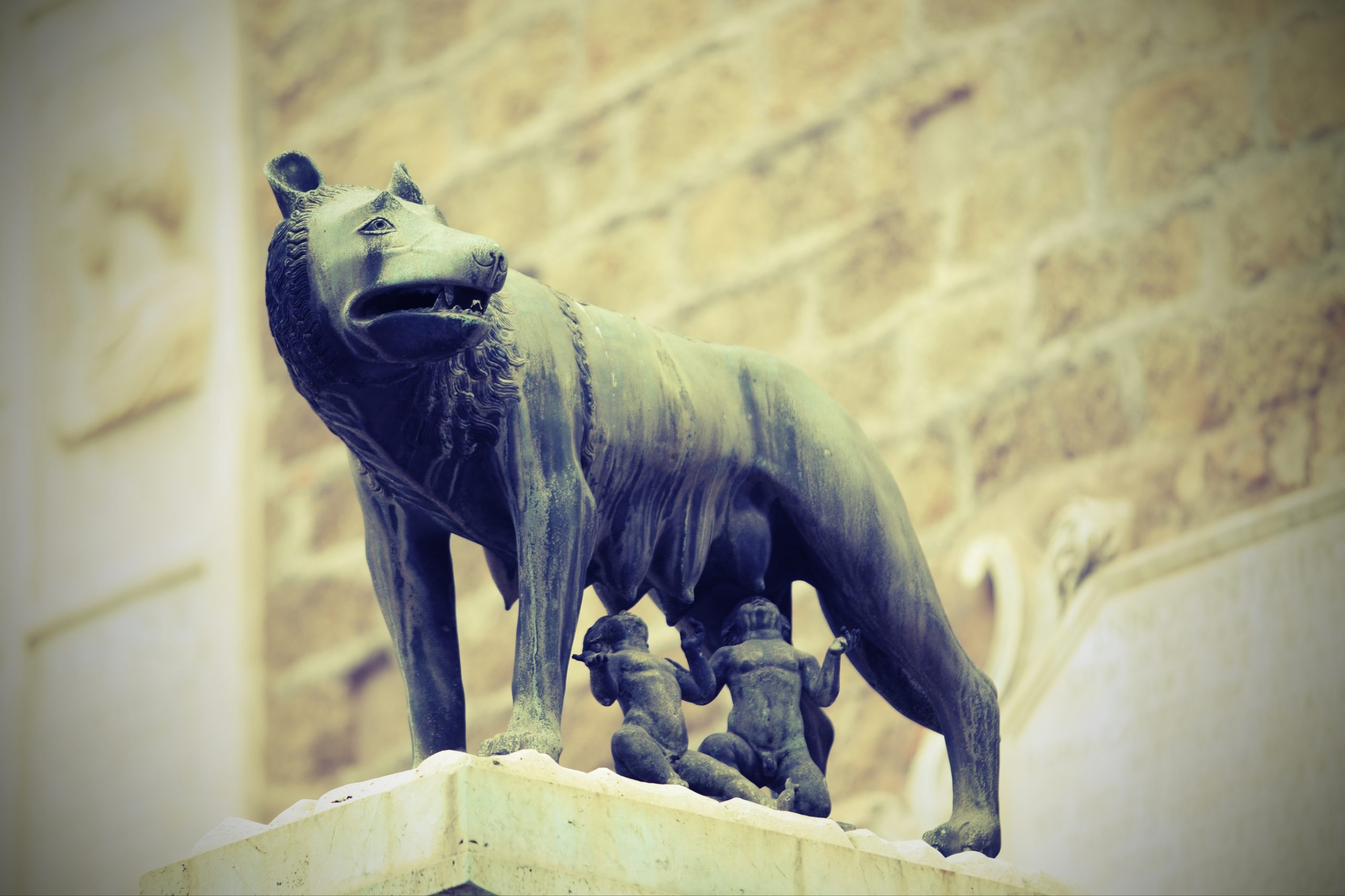Walking up the gentle hills to the Villa Borghese one has an immediate recollection of Respighi’s music that evokes images and feelings of the same place. Respighi had the pines of Pincio and the Villa Borghese in the core of his heart and feelings, and he had the genius and musical skills to bring the Spirit of place into our aesthetic consciousness.
The Pincian Hill is known to us today as Pincio, that place where Roman citizens find calm away from the noise and bustle of Rome. Pincio was for the ancient Romans the Collis Hortulorum, the Hill of Gardens. The name Pincio comes from one of the families that occupied the hill long ago. In 1809-14, Giuseppe Valadier laid out the hill with trees and pathways, and made it the gardened hill that we know today as Pincio.
When I enter Pincio, I am overwhelmed by its calm and quiet. The dense pines and oaks and the pathways are a perfect place for people to walk their dogs, muse, and to be at peace. On some days, one sees the handsome Italian guards in full dress exercising their spirited horses in the Gallopatoio.
The Italian pine, Pinus pinea, takes on its characteristic form that exists almost nowhere else—they are the true pines of Rome. As one walks the hill, one finally reaches the Villa Borghese almost at the top of Pincio. Today, the Villa Borghese is a fine art museum.
The Villa Borghese was originally the home of Cardinal Scipione Borghese (1577-1633). The villa had two purposes. First, it was a retreat where he could house his private art collection. He was a great collector and patron. The Bernini “Apollo and Daphne” still resides there in all its baroque, realistic splendor. Second, Borghese’s villa was a partying place, and it was rocked with scandal a few times, the pope having to step in, investigate, and settle things on at least two occasions.
However, I am primarily interested in conveying to you the images and feelings of the pines of Rome that give the Villa Borghese its unique ambiance as a source experience for Respighi’s music.
Ottorino Respighi was born in Bologna in 1879 and died in 1936. He was taught violin at a very early age by his father. In his youth he earned pocket money by playing in the local churches. He studied violin and viola with Federico Sarti, and later on he studied composition with the masters Martucci, Rimsky-Korsakov, and Max Bruch. These teachers were extremely influential for Respighi. They enabled him to become a master of orchestral color, texture, and brilliant effect. Respighi uses all of this in his tone poems.
A tone poem is a symphonic or orchestral work usually in one movement. It attempts to bring the outside world into the music itself; a poem, a story, a painting, and in the case of Respighi a landscape or environs of place, that is, a true genius loci—the pines of Pincio.
This is why we hear Respighi’s tone music sounding in our ears as we walk and muse in Pincio and the gardens of the Villa Borghese. He created musical “images” of the villa and its pines so evocative that we cannot separate place from music. When I hear the music I am transported to Pincio, and when I am in Pincio I hear the music. Both are one.
One segment of “The Pines of Rome” is “The pines of the Villa Borghese”. This tone poem portrays children playing among the pine trees of the villa. Yet more powerful are Respighi’s evocations of “Pines Near a Catacomb”, “Pines of the Janiculum”, and certainly “Pines of the Appian Way”—all four parts are contained in his “Pines of Rome”. These musical evocations of places and pines evoke a mysterious dark quality, and at times even love music as presented by the harp as morning dawns.
Another facet of Respighi is that he was a proficient scholar of Italian music. He studied music history seriously which led to his compositions “Ancient Airs and Dances” 1917 and Trittico Botticelliano” 1922. I find that these two lovely compositions evoke a gracious, old kind of ‘gentilezza’. They are so refined in the Italian sense as in walking into a museum or like behaving with the good manners, ‘comportamento’, expected of you among fine old Italian families while in their homes. There is a sense of feeling and soul in both works that is so needed in today’s world.
As to the history of the tone poem, it probably began with Cesar Franck’s orchestral piece based on a poem (that outside world again) by Victor Hugo. Then, the darling of his time Franz Liszt popularized it in his “Les Preludes”, and the Czech Smetana and Dvorak took it into their musical bosom with all the musical feeling of their rich and beautiful culture. Who can listen to “Die Moldau”, Vlatava, without shedding at least one tear?
For me, Respighi shows in “The Pines of Rome” what an artist can say in music about a specific place, historical local, an old building, and a park of Rome.
I cannot separate the pines, the Villa Borghese, and Respighi’s music. They are not fragments. They are a musical amalgam of place, Italian musical feeling, and Spirit accessible to all peoples.
































